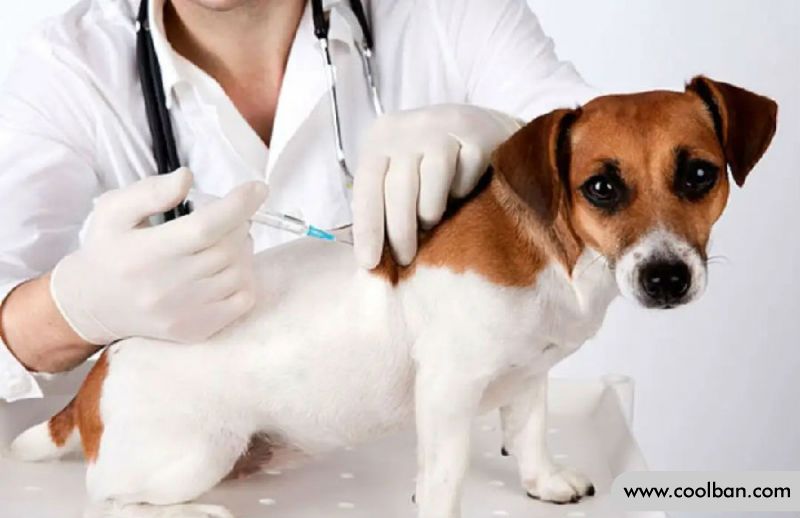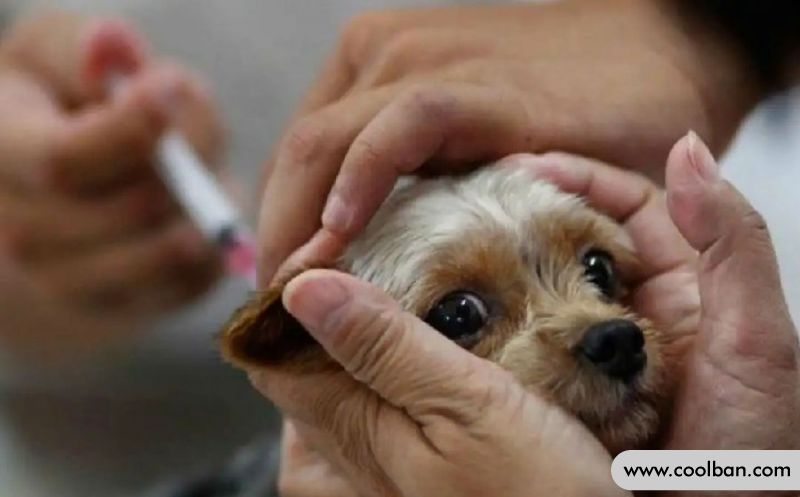Symptoms of Parvovirus in Pet Dogs
Actively understanding the dog's disease, is a good thing for the owner, not a bad thing. It can help us to observe the health status of pet dogs in time and prevent diseases!
With the development of society, the health of pet dogs has also become an important pursuit of owners, because there are many pet diseases that are difficult to treat once infected, especially pet dog parvovirus, which has a very high mortality rate, and to a certain extent Also contagious. Prevention and treatment are very important. To prevent parvovirus, first understand the symptoms below.
How does pet dog parvovirus spread?
Sick dogs are the main source of infection of pet canine parvovirus, and the feces, urine, vomit and saliva of sick dogs have the highest levels of the poison. Sick dogs continue to excrete toxins and infect other healthy dogs. Therefore, once a pet dog group develops a disease, it is extremely difficult to completely remove it. Besides dogs, wolves, foxes and bears can also be infected naturally. The disease is mainly spread through direct or indirect contact.
Parvovirus can be prevented by vaccination. Theoretically, the incidence of vaccinated pet dogs is extremely low, but for pet dogs under three months or those who have not been immunized on time, the possibility of occurrence is greatly increased.

Symptoms of pet dog infection with parvovirus:
In the early stage, the sick dog was mentally depressed, anorexia, and occasionally had fever, soft stool or mild vomiting, and later developed frequent vomiting and severe diarrhea. Initially, the stool is gray, yellow or milky white with jelly-like mucus, followed by the discharge of foul-smelling soy sauce-like or tomato juice-like bloody stools. Affected dogs experience rapid dehydration, weight loss, sunken eye sockets, disheveled coat, inelastic skin, ENT cat mesh, cold extremities, high levels of depression, shock and death.
There are usually several classifications after parvovirus infection, one is gastroenteritis type and the other is myocarditis type.
The first is the gastroenteritis type. Usually, its natural infection incubation period is about 7 to 14 days. The initial symptoms are fever, and the body temperature can be as high as 40 degrees. Not eating, vomiting, etc. The initial vomiting will be some food, the later vomiting will turn into some viscous yellow liquid, and later diarrhea will also occur.
If you look at their stool, you will see that the stool starts to become mushy at first, then as the disease progresses, it will turn red or brown and the smell will be stronger. The dog's eyeballs will also begin to sag and become very haggard. At this time, timely examination and treatment are required.

The other is myocarditis-type parvovirus, commonly found in puppies. It is mainly manifested as diarrhea, howling, the body suddenly becomes weak, etc., and the breathing begins to shorten, which will soon disappear. In severe cases, death can occur within a short period of time.
Usually, pet dogs do not have diarrhea in the early stages of parvovirus infection, which is rare.
Although pet dog parvovirus is terrible and has a high mortality rate, it does not mean that it cannot be treated. If you find that your dog has the above conditions, then you need to pay attention and take it to the hospital for treatment and examination in time. If it is small, early treatment is still beneficial.

We will find that the initial symptoms of parvovirus are very similar to those of pet dogs with a cold, so how do we distinguish these two diseases from the symptoms?
How to distinguish between parvovirus and cold?
First, dogs are often dizzy, sleepy, and unable to keep up with toys and tasty treats when they have a cold. Feeling warmer to the touch than before, red eyes, runny nose, shortness of breath, etc. In fact, the symptoms of a cold and a fever are basically the same.
Apart from the cold-like symptoms mentioned above, parvovirus is primarily a gastrointestinal symptom. Diarrhea and vomiting are the most obvious symptoms, and the symptoms are getting worse, accompanied by vomiting and diarrhea with blood. It is worth mentioning that parvoviruses are very easy to distinguish in animal hospitals. There are related dipsticks or blood tests. So if you suspect your dog isn't just having a cold, go for it. Going to the hospital for examination is the most practical and safest way.
